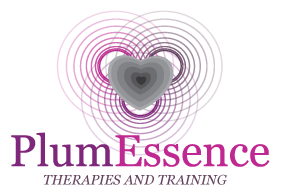This is the 17th in a series of blogs, using answers I provided to pass Mental Health qualifications. This blog continues now into helping you to stat understanding depression.
The next series of blogs will be expanding on some possible causes of depression and of the different types of depression.
As with many mental health subjects, they can all be massive topics with reams of books written on them. I will aim to break depression down into 4 easy to read blogs, describing possible causes, different types of depression, how depression can effect individuals and the people around them, and how they can be treated and managed.
I strongly believe there is no one-size-fits all approach to managing any kind of mental health condition. It is the main reason why I’m not a massive advocate of medication. I prefer to consider natural, healthy ways to recognise and manage any kind of mental ill health, tailoring each treatment and therapy to suit each individual. I do this from experience. It is what helped me which is why I believe it can help others too.
The Meaning of Depression
Depression is a mental health condition where someone can have constant low moods, lose the joy of life and things in general.
Life can generally be considered difficult, and it can be exhausting trying to do the simplest of tasks.
Symptoms and feelings can vary wildly from one person to another.
Feeling low may have a specific trigger such as grief and loss, and although can last a while, low moods tend to be quite short-term.
People with low mood do tend to experience moments of joy and happiness. Generally, people an see a way forward and/or they know things are likely to improve.
However, depression sets in when low moods become persistent, despair sets in because of the frustration of not feeling able to cope or see a future and potentially crying for no known reason. Sleep patterns tend to be disruptive and completely different and opposite to the ones the person usually experiences.
Factors associated with psychotic depression:
Statistics states that women are twice as likely to suffer depression, then men.
10 – 15% of people diagnosed with severe clinical depression are stated to develop symptoms of psychosis and of the people admitted into hospital with depression, around 25% are stated to have psychosis.
Psychosis and psychotic depression is where the person will experience hallucinations and delusional thinking, none of these will be positive in nature. The hallucinations and delusions are stated to be reflections of the how the person is suffering, i.e., negative, self-critical, self-blaming and self-punishing. These tend to exaggerate how someone feels which can lead to further detachment of reality. This can then lead to paranoia, where people think their thoughts are being controlled by other unseen forces, that people are constantly listening and watching them.
It is also common for people to have ‘psychomotor agitation’ which means the person cannot seem to sit still, constantly fidgeting, and unable to relax. Being aware of this can cause further agitation and anxiety.
At the opposite ends of the scale, people with psychotic depression could have psychomotor retardation where the persons thoughts and physical activity can slow down.
It is believed that people with psychotic depression have increased thoughts of suicide.
Tracey of PlumEssence Therapies and Training is a qualified stress management consultant, mental health first aider, clinical hypnotherapist and body work therapist focusing on helping reduce and alleviate concerns connected to both physical and emotional wellbeing. Tracey is also a teacher and trainer, delivering workshops and accredited mental health courses.
Tracey is available for a no-obligation chat to see how we could work together on 01889 808388 or tracey@plumessencetherapies.co.uk
